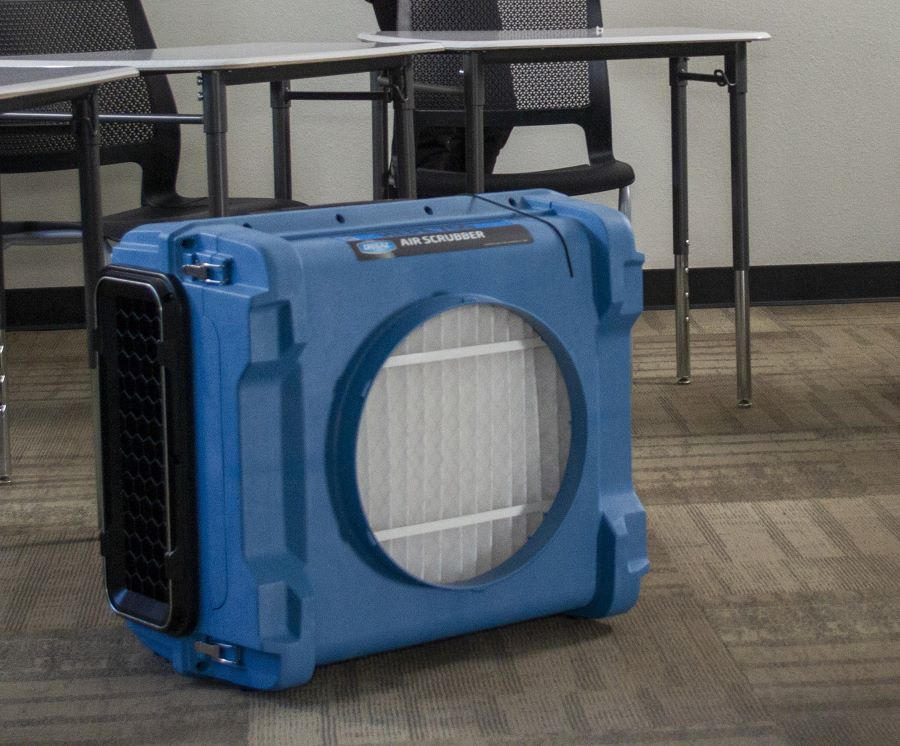Improving IAQ for FM: Key Facts and How to Mitigate Risks

Good indoor air quality (IAQ) reduces health risks for building occupants, minimizes liability and keeps HVAC systems free from build-up and functioning optimally. This guide covers key facts about indoor pollutants, risks associated with water damage, and air filtration strategies.


